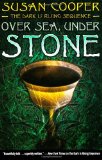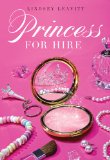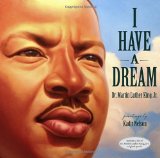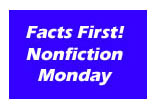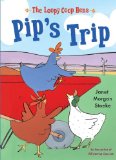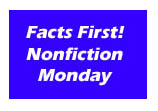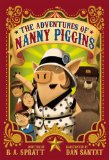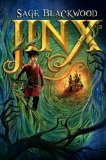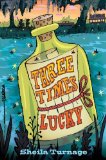Review of Over Sea, Under Stone, by Susan Cooper
by Susan Cooper
Scholastic, New York. First published in 1965. 243 pages.
Starred Review
I decided to reread Susan Cooper’s The Dark Is Rising cycle after I heard she won the Margaret A. Edwards Award for these books. I almost got this first one read before I went to the Margaret Edwards Luncheon and got to hear her speak. But I still intend to carry out my plan!
I missed these books as a kid, which is a real shame. I’d only read them once before. The first one hasn’t gotten as many awards and recognition as the others, but it has a special place in my heart. Over Sea, Under Stone is more like fantasy novels that have gone before, like the works of E. Nesbit and Edward Eager and C. S. Lewis. You’ve got a group of siblings stumbling into magic on their summer vacation. I think that’s what I like about the book, why it has a special warm fond place in my heart.
Barney and Jane and Simon are spending the summer in their Great-Uncle Merry’s house in the village of Tressiwick, on the coast.
Great-Uncle Merry is the character who ended up inspiring the rest of the series. Here’s how the children think of him, right at the start of the book:
How old he was, nobody knew. “Old as the hills,” Father said, and they felt, deep down, that this was probably right. There was something about Great-Uncle Merry that was like the hills, or the sea, or the sky; something ancient, but without age or end.
Always, wherever he was, unusual things seemed to happen. He would often disappear for a long time, and then suddenly come through the Drews’ front door as if he had never been away, announcing that he had found a lost valley in South America, a Roman fortress in France, or a burned Viking ship buried on the English coast. The newspapers would publish enthusiastic stories of what he had done. But by the time the reporters came knocking at the door, Great-Uncle Merry would be gone, back to the dusty peace of the university where he taught. They would wake up one morning, go to call him for breakfast, and find that he was not there. And then they would hear no more of him until the next time, perhaps months later, that he appeared at the door. It hardly seemed possible that this summer, in the house he had rented for them in Trewissick, they would be with him in one place for four whole weeks.
In that house, the children find a secret room and a treasure map. The treasure map leads to ingenious clues to find the Grail. But the children and Uncle Merry aren’t the only ones hot on the trail.
This book encapsulates my idea of a good, solid fantasy tale for kids. The rest of the books are more creative and more innovative and, yes, scarier. But this one has a soft spot in my heart for being a traditionally good story of ordinary children working together and finding magic.
Find this review on Sonderbooks at: www.sonderbooks.com/Childrens_Fiction/over_sea_under_stone.html
Disclosure: I am an Amazon Affiliate, and will earn a small percentage if you order a book on Amazon after clicking through from my site.
Source: This review is based on my own personal copy.
Disclaimer: I am a professional librarian, but I write the posts for my website and blogs entirely on my own time. The views expressed are solely my own, and in no way represent the official views of my employer or of any committee or group of which I am part.
Please use the comments if you’ve read the book and want to discuss spoilers!
